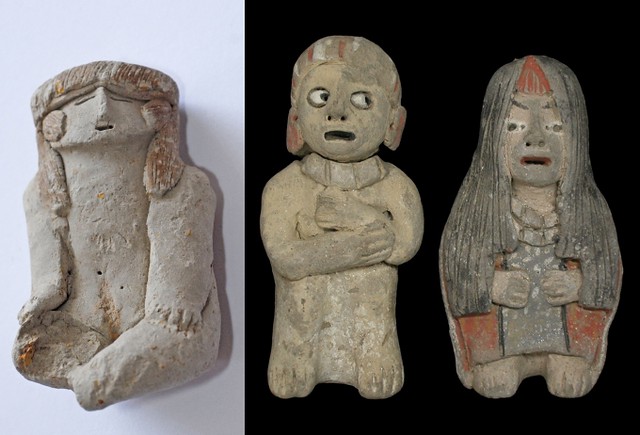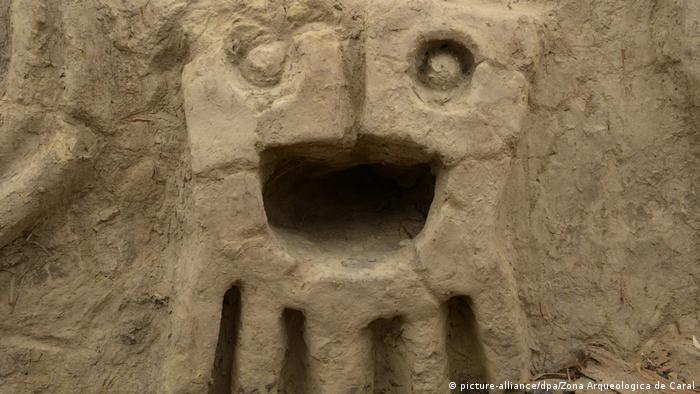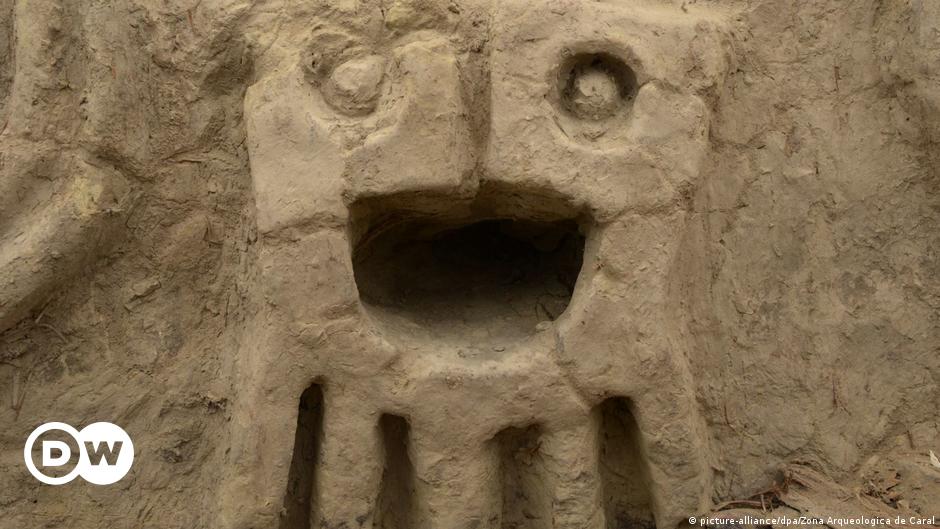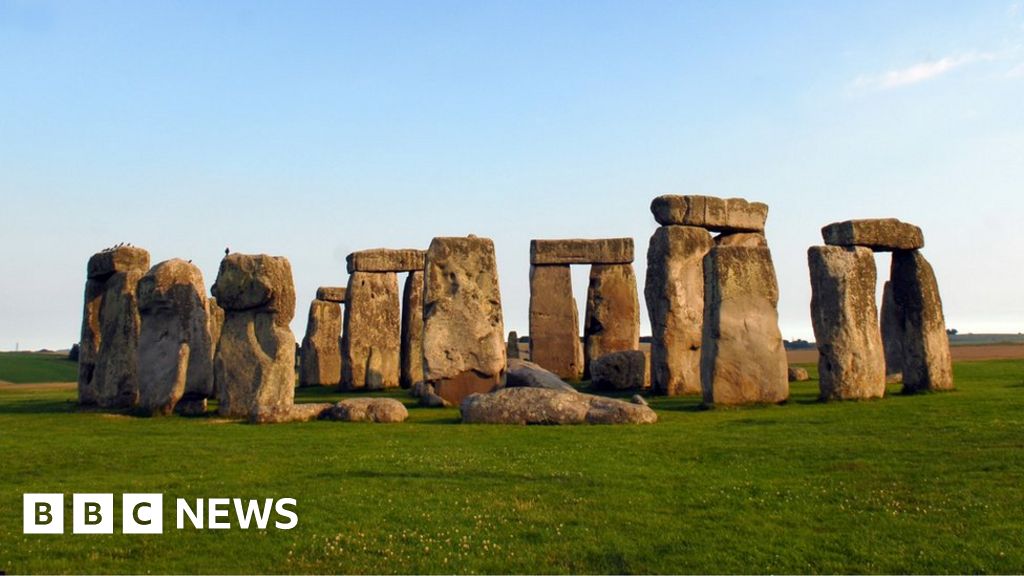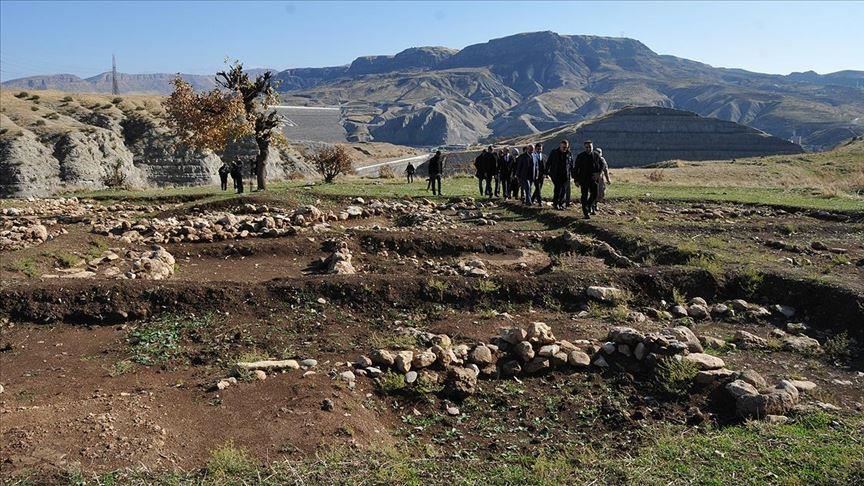- Joined
- Sep 2, 2017
- Messages
- 33,607
- Reaction score
- 5,193
- Location
- GDL/Sweden
- Gender
- Male
- Political Leaning
- Centrist
There was a video presentation on Cable TV today, about Ur, Iraq, at about 3800 BC. Did a search of DP and did not find much.
I was taught in school that Greek was the first civilization. There may be things to learn from other civilizations.
Ur - Wikipedia
en.wikipedia.org
An old DP Thread listing old civilizations
very intresting
i just got this in an e-mail not sure how much truth is in it but it makes you think. Read down to the very bottom, you don't want to miss this! VERY INTERESTING - 1. The garden of Eden was in Iraq. 2. Mesopotamia, which is now Iraq, was the cradle of civilization! 3. Noah...debatepolitics.com
Trypillia: 7000-year-old civilisation silenced by Moscow Marxist occupiers (communists)
Trypillia: 7000-year-old civilisation silenced by Moscow Marxist occupiers (communists) 10 June 2021|Archaeology The Cucuteni–Trypillia culture is one of the of the oldest civilisations in the world and dates back to 5,000 BC. Since most of its settlements were discovered in the former...
 debatepolitics.com
debatepolitics.com

